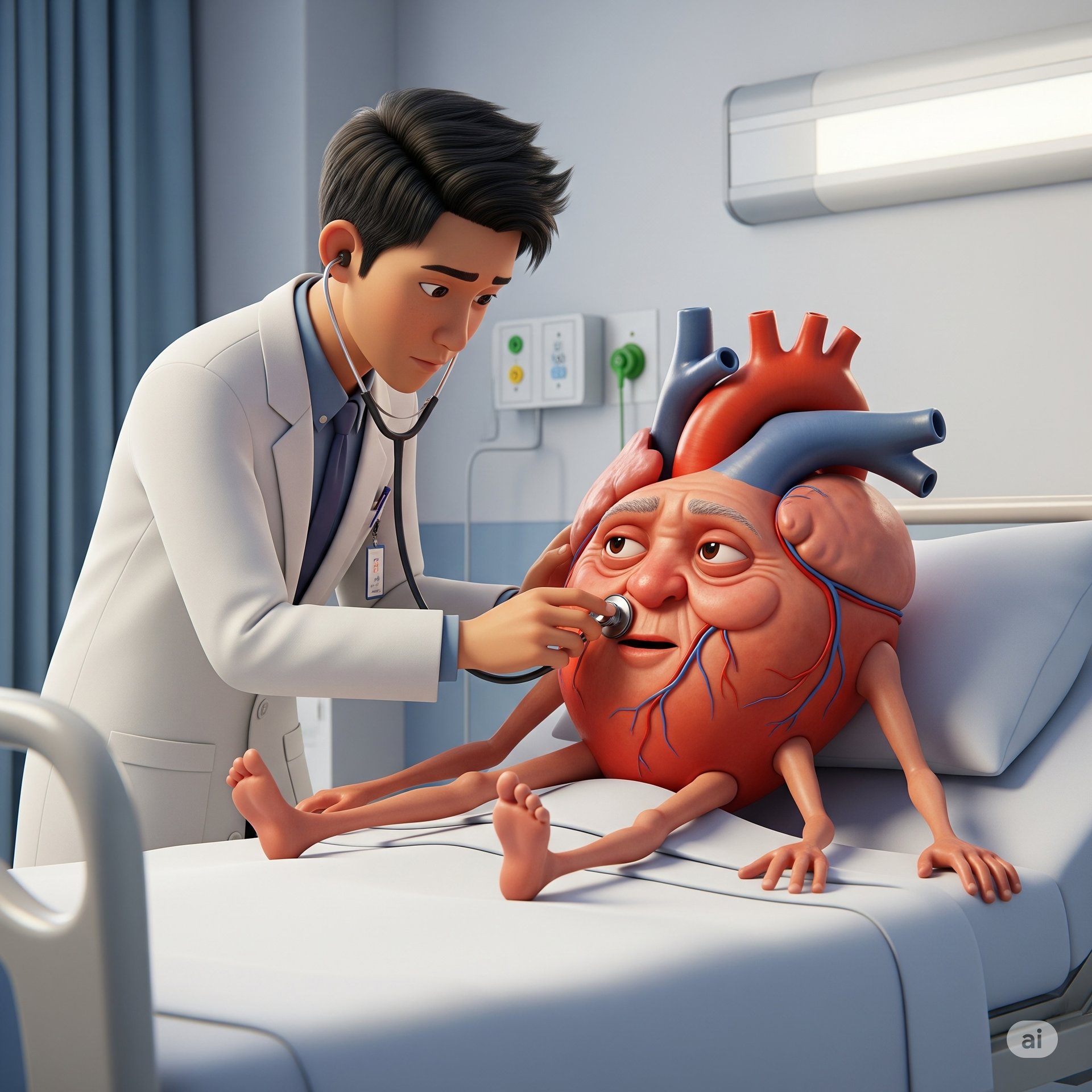THEMEDPRACTICALEXAM.COM

Cardiovascular System Examination: Percussion
I. Cardiac Borders
Purpose:
Estimate the heart’s size and position by defining areas of cardiac dullness.
Technique:
Percuss systematically from resonant lung tissue toward areas of dullness to delineate borders.
Key Cardiac Borders:
Right Heart Border:
Normally aligns with the right sternal border.
Dullness below may merge with hepatic dullness.
Deviations to the right may indicate severe right ventricular enlargement or dextrocardia.
Left Heart Border:
Normally corresponds with the apex beat (left 5th intercostal space, medial to the mid-clavicular line).
Lateral or inferior displacement suggests cardiomegaly (ventricular enlargement).
Upper Border:
Typically located at the 3rd costal cartilage on either side of the sternum.
Findings:
Normal Cardiac Dullness: Present / Absent
Increased Cardiac Dullness: Present / Absent (e.g., cardiomegaly, pericardial effusion)
Displaced Cardiac Dullness: Present / Absent
Specify direction and probable cause (e.g., mediastinal shift, dextrocardia)
II. Other Relevant Percussion Areas
1. Liver Dullness and Hepatic Span:
Percuss upper and lower liver borders at the mid-clavicular line to estimate span (normal: 6-12 cm).
Relevance: Hepatomegaly (enlarged liver) is a potential sign of right-sided heart failure.
Findings:
Normal / Enlarged (specify measured span)
Tenderness on percussion: Present / Absent
2. Right 2nd Intercostal Space (ICS):
Percuss for dullness in this location.
Relevance: Increased dullness may indicate a dilated ascending aorta (e.g., aortic aneurysm, severe aortic regurgitation).
3. Mediastinal Dullness:
Assess for broadening of mediastinal dullness.
Relevance: Widening may point to mediastinal masses or significant aortic dilatation.